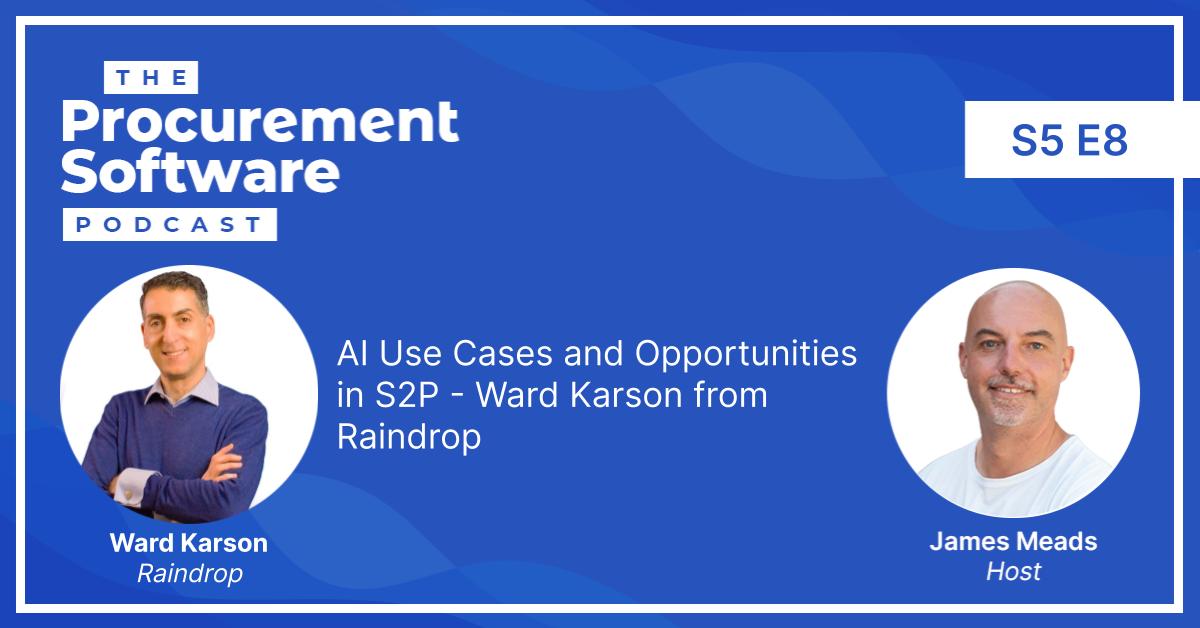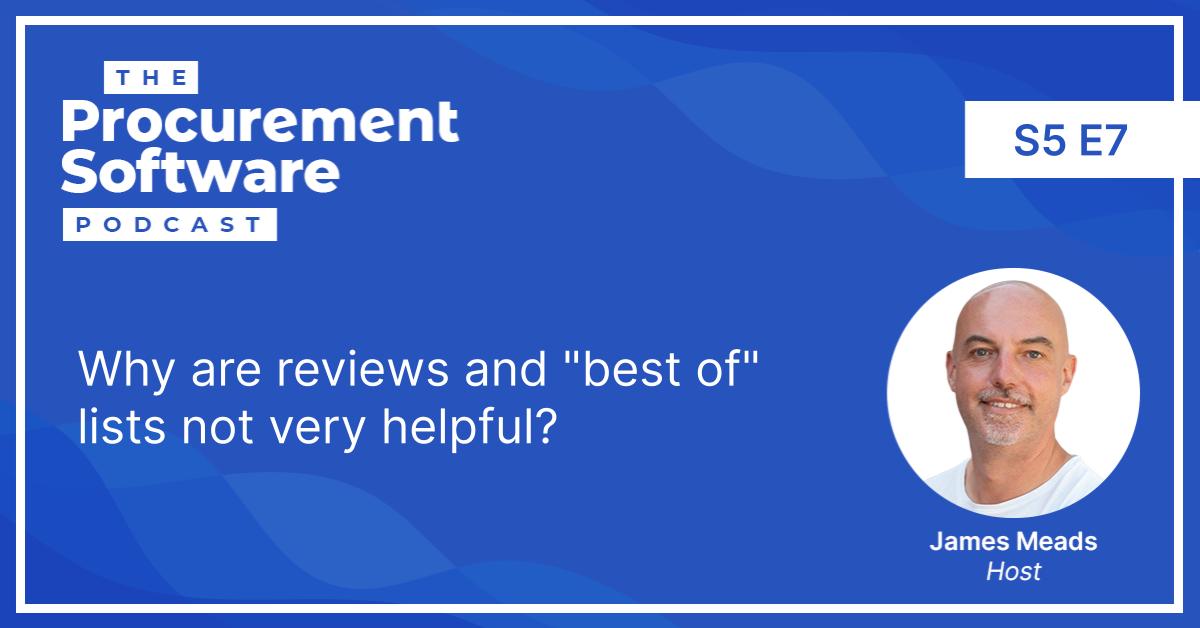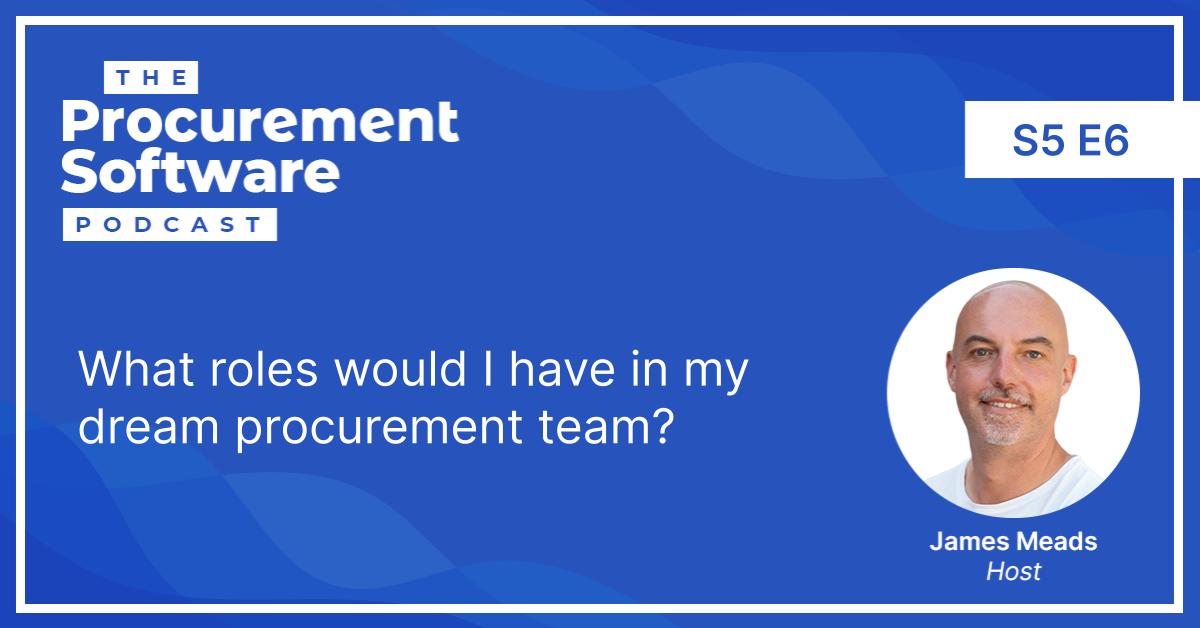Historically, there wasn’t much technology out there to deal with indirect services spend, both from a sourcing and supplier contract lifecycle management perspective.
This has started to change recently. But is it possible to manage both strategic, corporate level service agreements as well as more tactical, tail spend and one-time buys all in the same platform?
My guest on this week’s podcast is Fabian Heinrich from Berlin-based startup Mercanis. They claim to have a solution for both. We dive into this and find out to what extent their platform can support these requirements.
SRM for Services: Managing both Strategic and Tail Spend
Procurement volumes have massively shifted from goods to services over the past 10 years, as young tech companies have grown into major corporate entities.
Furthermore, IT and marketing have become increasingly important categories and now account for significantly more spend than they used to.
How are the sourcing requirements for services different from goods?
A services e-sourcing platform needs to be more flexible, due to the very diverse range of products being purchased under the different types of services.
Workflows are different in many cases, depending on the type of services and the type of contracts being sourced. Subcategories can often be varied and diverse, and taxonomies are much more difficult to apply to services spend.
What’s more, the stakeholder collaboration and the level of the relationship between procurement and their internal business partners by necessity requires much more focus during the end-to-end sourcing process.
Managing the lifecycle of services spend and its complexity
I asked Fabian about how to ensure that the lifecycle of services procurement is reflected, and some of the important characteristics that need to be monitored and taken into consideration.
There’s the classic trap of having a corporate procurement team negotiate a central or global contract that then ends up on Sharepoint or on a C-Drive that nobody in satellite locations knows about. Stakeholders and local buyers then just continue doing whatever they’ve always done!
Fabian explained that a sourcing tool for services wasn’t enough, and that some features from an SRM or contract lifecycle system were necessary to ensure that it was a rounded platform to satisfy the needs further downstream.
The “self-service” model for tactical purchasing and one-time buys
Just like catalogues have been common for buying tail spend on indirect goods e.g. MRO and office supplies, a guided buying process to enable stakeholders to “self-serve” themselves on smaller, less strategic purchases or one-time buys is a feature Mercanis realised was absolutely essential.
If one of the goals is to free strategic procurement teams from the day-to-day operational work of sourcing non-repeatable requirements and low spend, high volume items, then something similar to how this works for goods would need to be part of the user experience.
How to avoid maverick spend for local, site level purchases
Strategic spend is (usually) well managed within larger organisations. The problem generally comes once you get down to the decentralised areas of spend. These are often categories or suppliers managed at country or local level.
Mercanis has enabled the end users through guided buying to have a better user experience when seeking to buy services locally. This enables the end user to buy from compliant sources, and to find a supplier faster, than having to go through this process in an analogue (Google search and email) RFQ.
The other advantage from a procurement perspective is that this frees up resources in strategic procurement teams to focus on the activities which have the most business impact.
What preparation is necessary to ensure success with a digital services procurement platform?
Like most things in life, you get out from it what you put in. With digital procurement software, this is especially true.
Fabian makes two really crucial comments here:
- Mercanis isn’t a magic solution that provides a process map with clean data of how to take forward services procurement within any organisation.
- Using AI is a bit like raising a child – you need to teach it, nurture it and feed it the right things to get the best results.
The platform itself is a tool which helps you get there, but what you input and how you manage the category strategies and stakeholders in a more holistic view will be critical to getting the most out of the tool.
What about data, taxonomy and categorisation?
If a process is analogue and is processed through email and Excel, it’s much more difficult to get good spend data because in most cases you’re relying on what’s in the ERP system.
Purchase data from ERP systems is usually broken because it’s dependent upon the free text description given by a requisitioner. If they just enter something illegible such as “quote 123 from Bob Smith at Supplier A”, then you have no idea what this is for.
Having everything in a digital platform in one space, with quotes, supplier communication and scope of work in one single source of truth clearly gives the procurement professional a big advantage when it comes to improving the quality of spend data.
Profile of typical leads and customers for Mercanis
It was interesting to hear that Mercanis is attracting 2 fairly distinct buckets of customers:
- Fortune 1000 and Fortune 2000 companies of around $5 billion turnover and upwards.
- Service-based companies below $3 billion who are not manufacturing anything and as such, have very large spends on services and not so many legacy systems.
This just goes to show that both at enterprise level but also for larger mid-cap businesses, there is a lot of historical services spend which has not been managed particularly well.


